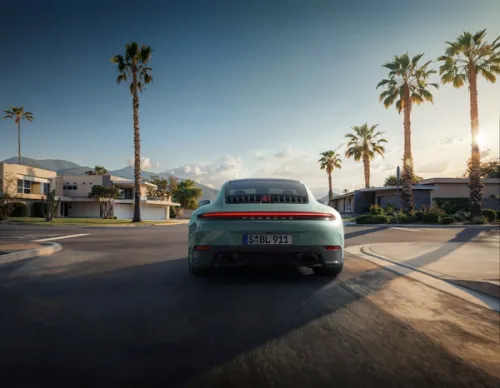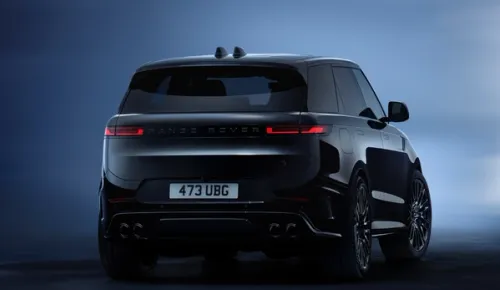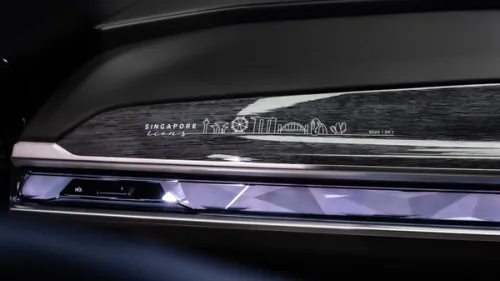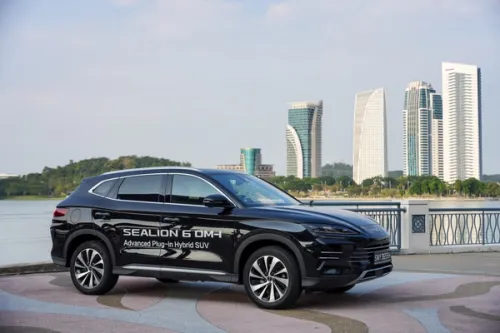It all began here...
On 22nd June 1934, Porsche receives the order to begin operation of Volkswagen. We take a little history lesson that marks an important milestone in auto history...

As one of the three managing directors of Gezuvor, Ferdinand Porsche (pictured below with the VW Prototype, 1940), received the official order for the technical development and planning of the future production plant. Construction work started in May 1938 in the small town of Fallersleben - known now as Wolfsburg.

On two study trips to the USA, Ferdinand Porsche gained the latest know-hows on modern automobile production and the rules to be observed in the production process.
By the second half of 1938, the prototypes - now having reached the level of VW38 - had achieved a point in the development process hardly different from the subsequent production model. So now potential purchasers were able to save 5-reichsmarks (the German monetary currency between 1924 to 1948) a week for the Volkswagen.
In the meantime, it was re-christened as the "KdF-Wagen", forming part of the German Reich's "Kraft durch Freude" or "Strength through Happiness" strategy.
Priced at an extremely low 990-reichsmarks, the Volkswagen was really to be everybody's car, easily affordable for the average purchaser.
But due to the War, not one of the roughly 340,000 investors reached his savings target and not one single Volkswagen was delivered to a private customer.
Starting in 1939, Porsche developed further variants of the Volkswagen parallel to the "KdF-Wagen" - which were however intended for military use. Indeed, more than 60,000 of the jeep-like Kübelwagen, the amphibian Schwimmwagen, and the higher-ranking Kommandeurwagen (the commander's car), some of which featured all-wheel drive, were built by the end of World War II.
Another model based on the Volkswagen was the Type 64 Berlin-Rome Car (built in 1939). This motorsport version of the Volkswagen was developed for the Berlin-Rome long-distance race planned for September 1939, and is acknowledged by car historians as the great-grandfather of Porsche sports cars today. With its streamlined aluminium body and upgraded VW boxer engine, the Berlin-Rome Car reached a top speed of 145 km/h.
Regular production of the civilian Volkswagen started in Wolfsburg in the summer of 1945 - and bearing the nickname "VW Käfer" or the "VW Beetle", the Volkswagen became as popular the world over as hardly any other car before or after.
The VW Beetle also sets the record in terms of its production life and volume, production of the last VW Beetle still coming off the line in Mexico continuing until July 2003. And accounting for 21.5 million units built, the Beetle is by far one of the highest-production vehicles of all times.

Credits: Story by M.H Sim, pictures courtesy of Porsche AG.


Get the Best Price for your used car
from 500+ dealers in 24 hours
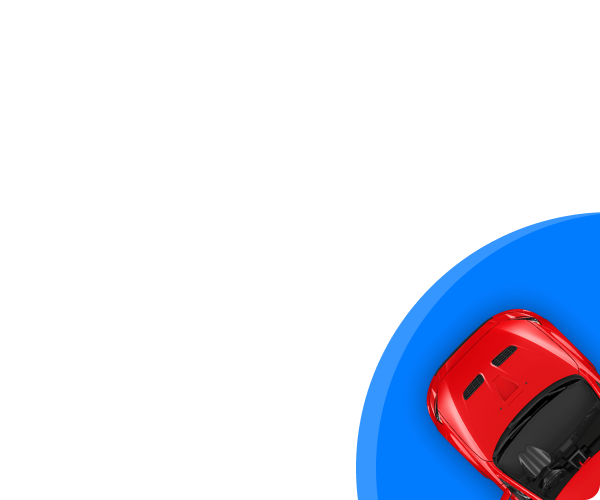
- Convenient and Hassle-Free
- Consumer Protection
Transparent Process
With No Obligation
